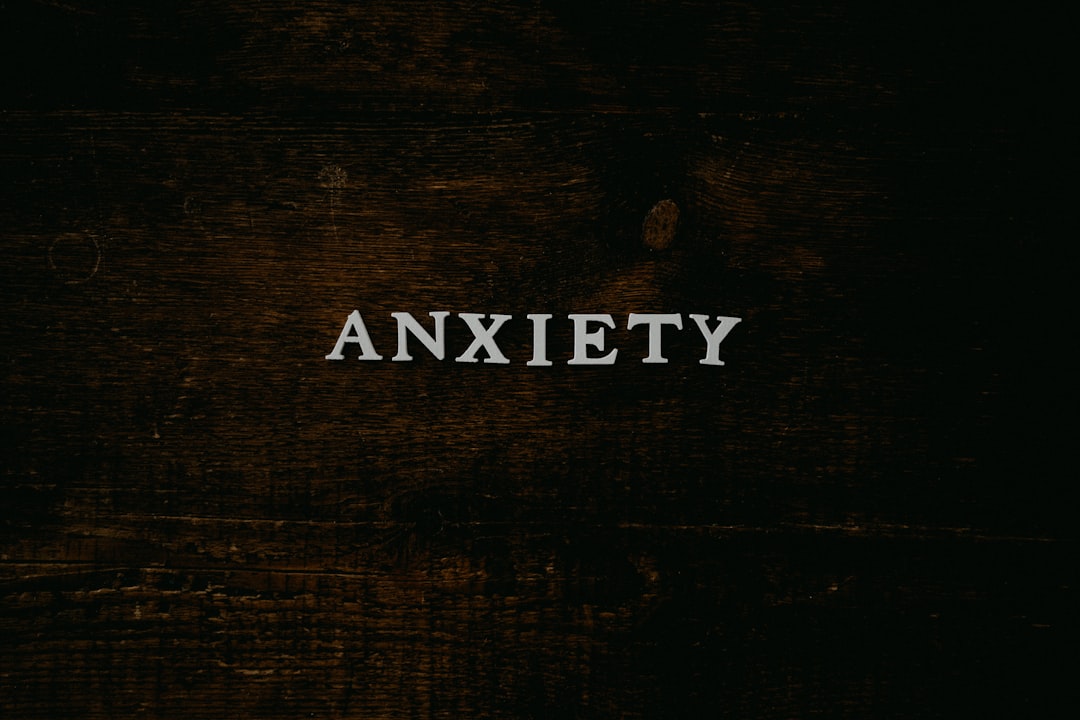🌪️ Anxiety & Stress Management Guide: Your Path to Calm and Well-being
In today’s fast-paced world, it’s easy to feel overwhelmed. From work deadlines and financial pressures to personal relationships and global events, the demands on our mental and emotional resources are constant. This often leads to a pervasive sense of unease, tension, and worry that many of us recognize as anxiety and stress. While both are natural human responses, when they become chronic or overwhelming, they can significantly impact our health, happiness, and overall quality of life.


You’re not alone if you’re searching for effective ways to navigate these turbulent waters. Millions experience the churning currents of anxiety and stress daily. The good news? You have the power to steer your ship. This comprehensive 🌪️ anxiety & stress management guide is designed to equip you with practical tools, insightful strategies, and a deeper understanding to help you regain control, cultivate inner peace, and build lasting resilience. We’ll explore everything from recognizing the subtle signs to implementing powerful techniques that can transform your daily experience.
Understanding Anxiety and Stress: What’s the Difference?
While often used interchangeably, anxiety and stress are distinct, though interconnected, experiences. Understanding their nuances is the first step toward effective management.
What is Stress?
Stress is your body’s natural reaction to a demand or threat. When you perceive a challenge – whether it’s a looming deadline, a difficult conversation, or an unexpected bill – your body activates its “fight-or-flight” response. This physiological reaction releases hormones like adrenaline and cortisol, leading to increased heart rate, rapid breathing, muscle tension, and heightened alertness. Stress is typically a short-term response to an identifiable external trigger. Once the perceived threat passes, your body usually returns to a state of equilibrium.
What is Anxiety?
Anxiety, on the other hand, is more generalized and often persistent. It’s a feeling of worry, nervousness, or unease, typically about an event or something with an uncertain outcome. While stress is usually a reaction to a *current* situation, anxiety can linger long after the stressor is gone, or even appear without an obvious trigger. It’s characterized by excessive worry, apprehension, and often includes physical symptoms like restlessness, fatigue, difficulty concentrating, and sleep disturbances. While a certain level of anxiety is normal (e.g., before a big presentation), chronic or severe anxiety can be debilitating, sometimes indicative of an anxiety disorder.
Both stress and anxiety, if left unchecked, can lead to serious health issues, including heart disease, digestive problems, weakened immune function, and mental health challenges like depression. Therefore, learning effective 🌪️ anxiety & stress management techniques is crucial for your overall well-being.
Recognizing the Signs: Are You Overwhelmed?
Before you can manage anxiety and stress, you need to recognize their presence. They often manifest in various ways – physical, emotional, and behavioral. Pay attention to these common indicators:
- Physical Symptoms:
- Headaches or migraines
- Muscle tension, especially in the neck, shoulders, and jaw
- Digestive issues (stomach upset, nausea, diarrhea, constipation)
- Fatigue or low energy, even after rest
- Sleep disturbances (insomnia, restless sleep, nightmares)
- Increased heart rate or chest pain
- Frequent colds or infections (weakened immune system)
- Trembling or sweating
- Emotional Symptoms:
- Constant worry or dread
- Irritability or impatience
- Feeling overwhelmed or helpless
- Difficulty concentrating or making decisions
- Restlessness or feeling “on edge”
- Mood swings
- Feeling detached or numb
- Behavioral Symptoms:
- Changes in appetite (eating more or less)
- Social withdrawal or isolation
- Procrastination or avoidance of responsibilities
- Increased use of alcohol, drugs, or other coping substances
- Nervous habits (nail-biting, fidgeting)
- Obsessive or compulsive behaviors
If you notice several of these signs persistent in your life, it’s a clear signal that it’s time to prioritize your anxiety & stress management strategies.
Practical Strategies for Effective 🌪️ Anxiety & Stress Management
Now that you understand what you’re dealing with, let’s dive into actionable strategies. Remember, what works for one person might not work for another, so experiment and find what resonates with you.
1. Embrace Mindfulness and Relaxation Techniques
Mindfulness is the practice of being present and fully engaged in the current moment without judgment. It’s a powerful antidote to the mind’s tendency to dwell on past regrets or future worries. Regular practice can significantly reduce stress and anxiety levels.
- Deep Breathing Exercises: When stressed, our breathing becomes shallow and rapid. Practicing diaphragmatic (belly) breathing can activate your body’s relaxation response. Inhale slowly through your nose, feeling your belly rise, then exhale slowly through your mouth. Try the 4-7-8 method: inhale for 4 counts, hold for 7, exhale for 8.
- Meditation: Even 5-10 minutes a day can make a difference. Use guided meditations (many apps are available) or simply focus on your breath. For a deeper dive, explore our mindfulness for beginners guide.
- Progressive Muscle Relaxation: Tense and then relax different muscle groups throughout your body. This helps you recognize and release physical tension.
- Yoga and Tai Chi: These practices combine physical postures, breathing techniques, and meditation, offering a holistic approach to calm.
2. Prioritize Physical Activity and Lifestyle Adjustments
Your physical health is deeply intertwined with your mental well-being. Simple lifestyle changes can have a profound impact on anxiety & stress management.
- Regular Exercise: Physical activity is a natural stress reliever. It releases endorphins, which have mood-boosting effects. Aim for at least 30 minutes of moderate exercise most days of the week. This could be walking, jogging, swimming, cycling, or dancing. Learn more about the benefits of exercise for mental health.
- Balanced Nutrition: What you eat affects your mood and energy levels. Limit caffeine and sugar, which can exacerbate anxiety. Focus on whole, unprocessed foods, fruits, vegetables, and lean proteins.
- Adequate Sleep: Sleep deprivation can significantly worsen stress and anxiety. Aim for 7-9 hours of quality sleep per night. Establish a consistent sleep schedule, create a relaxing bedtime routine, and optimize your sleep environment. Check out our tips for improving your sleep hygiene.
- Limit Stimulants: Reduce intake of alcohol, nicotine, and excessive caffeine, as these can disrupt sleep and heighten anxiety.
3. Cultivate Cognitive Behavioral Techniques (CBT Principles)
Our thoughts play a huge role in how we experience stress and anxiety. CBT-inspired techniques help you identify and challenge unhelpful thought patterns.
- Identify Negative Thoughts: Become aware of the thoughts that trigger or intensify your anxiety. Are they realistic? Are you catastrophizing?
- Challenge and Reframe: Once identified, question these thoughts. What’s the evidence for them? Is there another way to look at the situation? Replace negative thoughts with more balanced or realistic ones. For example, instead of “I’m going to fail,” try “I’ll do my best, and whatever happens, I’ll learn from it.”
- Problem-Solving: If a stressor is identifiable, break it down into smaller, manageable steps. Focus on what you *can* control.
4. Master Time Management and Organization
Feeling overwhelmed by too many tasks is a common source of stress. Effective planning can significantly reduce this burden.
- Prioritize Tasks: Use methods like the Eisenhower Matrix (urgent/important) to decide what needs immediate attention and what can wait.
- Break Down Large Tasks: A daunting project becomes less intimidating when broken into smaller, achievable steps.
- Learn to Say No: Protect your time and energy. Don’t overcommit yourself to new responsibilities if your plate is already full.
- Delegate: If possible, share responsibilities with others.
- Schedule “Me Time”: Deliberately block out time for relaxation, hobbies, or simply doing nothing. This is not a luxury; it’s essential for anxiety & stress management.
5. Foster Social Support and Connection
Humans are social creatures. Isolation can exacerbate feelings of anxiety and stress.
- Connect with Loved Ones: Spend time with family and friends who offer positive support.